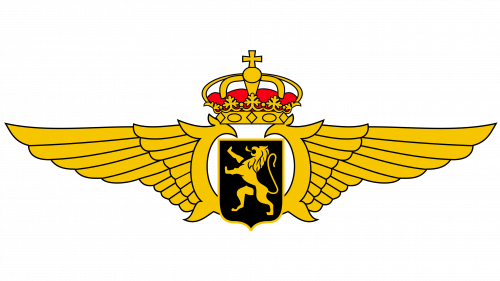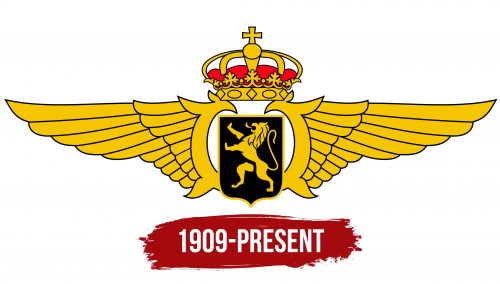 Belgian Air Component Logo PNG
Belgian Air Component Logo PNG
Belgian Air Component: Brand overview
The Belgian Air Component has a storied history that spans over a century. Its origins date back to 1909 when the Belgian Army saw the strategic potential of aviation. This early adoption, only six years after the Wright brothers’ first flight, led to the formation of an air unit that would grow into a significant military force.
By World War I in 1914, Belgium had enhanced its aviation capabilities. The country had modern aircraft like the Farman III and Blériot XI, and trained pilots conducted reconnaissance, adjusted artillery, and engaged in aerial combat to defend Belgium effectively.
Between World War I and World War II, Belgian military aviation experienced periods of growth and modernization. Introducing aircraft like the Fairey Fox and Fiat CR.42 and the formation of specialized squadrons marked this era. In 1937, reflecting its elevated importance, it was renamed the Belgian Air Force.
During World War II, Belgian pilots demonstrated their bravery. After Belgium was overrun in 1940, many pilots joined the Royal Air Force in Britain and continued the fight, flying aircraft like the Spitfires and Lancasters.
The Cold War era brought further changes, starting in the 1950s. The Air Force began using modern jet fighters like the Hawker Hunter and F-84 Thunderjet and aligned closely with NATO to protect Europe. The 1970s saw a significant restructuring to address the evolving demands of warfare.
After the Cold War, the Air Force transitioned to the Belgian Air Component in 1996, reflecting a more unified command structure. It undertook peacekeeping and humanitarian missions globally, from the Balkans to Central Africa.
In recent years, the Air Component has continued to evolve with modern technology, integrating aircraft like the F-35 Lightning II and A400M. It plays a key role in NATO operations and global coalitions against threats like ISIS.
Meaning and History
What is Belgian Air Componen?
The Belgian Air Component, known in Dutch as Luchtcomponent and in French as Composante air, makes up the air arm of the Belgian Armed Forces. The component, founded in 1909, is one of the oldest airlines in the world. Until January 2002, it was officially considered the Belgian Air Force. The history of aviation has undergone many changes and transformations. Emerging as a military aviation unit, it has rapidly increased its power and technological sophistication while maintaining a crucial role in the Belgian defense system.
1909 – today
The Belgian aviation component’s primary focus is air combat, reflected in its logo, which features large golden wings, a symbol of flight. Other elements are taken from the country’s smaller coat of arms. For example, an ornate royal crown is depicted at the top. This indicates the subordination of the military structure to the ruling power. In the center is a black heraldic shield with a pointed base, against which a golden lion is depicted. The lion stands on its hind legs and faces to the left.
The golden wings symbolize flight and indicate superiority in aviation. The richly decorated royal crown signifies the legitimacy and authority the Belgian aviation component operates under. The heraldic shield and the golden lion are traditional symbols of Belgium, further emphasizing the organization’s involvement with national history and values.




